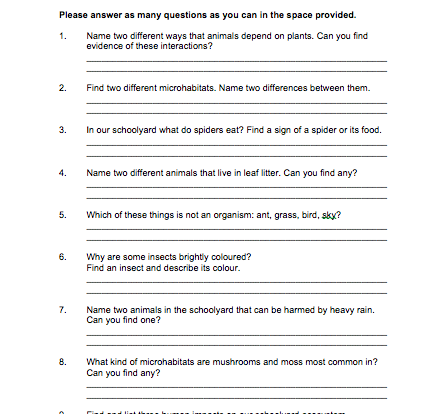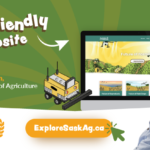-
Students find a large rock in the natural area to observe and write a short story about. This story could be fictional or based solely on observation depending on teacher preference. Wrap up: Review stories and how ideas came from observation.
-
Discuss the different types of rock (igneous, metamorphic, sedimentary) and the clues students can use to identify an unknown rock (colour, size, scratch test, vinegar test etc.). Set up 3 stations. Station 1 – Observe and draw the rock. Station 2 -Perform a scratch test. Station 3 – Perform a vinegar test. After recording the results students guess which type of rock they have. Wrap up: Confirm which rock each student has, and walk them through the investigation if necessary.
*This activity will require chalk, paperclips, vinegar, and rock samples.
-
Discuss states of matter, chemical reactions, materials, products and examples. Students search for examples of each state of matter and chemical reactions in the natural area. Wrap-up: what reactions are happening and why are they important?
-
Number plants in the natural area 1-6. Students explore the schoolyard calculating distance between common objects: spider web, slide, bench, etc. Then calculate the distance between the plants numbered around the schoolyard. Wrap up: Discuss student answers and compare distances. Were certain units of measurement used to find some distances but not others? Why?
-
Discuss ecosystems, food webs, microhabitats and interactions in the schoolyard. Students investigate their schoolyard ecosystem by completing the worksheet. Wrap-up: what is our role in this ecosystem?










